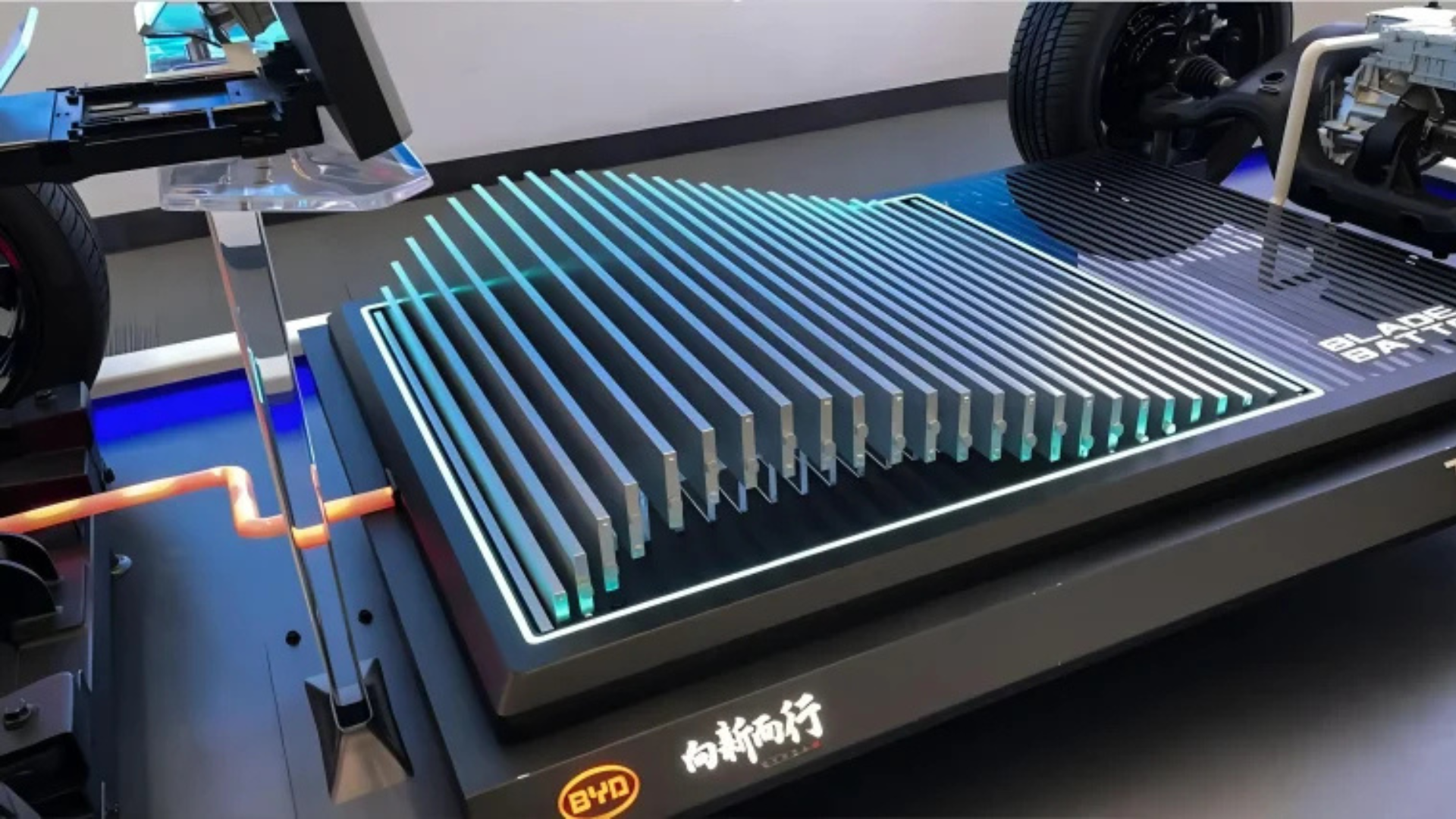Does this burning at 200 j/g really mean it would be a lot safer or do you chalk this up to be company propaganda. Clearly it is a lot lower than gasoline, but since 600-900 proved to still be an issue, could this be enough to stabilize people’s fears you think?
could this be enough to stabilize people’s fears you think?
I do not think so. These batteries can still burn, and get super hot then. The fire just does not last as long. The firefighters will notice for sure, the general public not so much. The problem is less grave, but still exists.
I’d rather a slower, less intense burn tbh. More time to escape.
i always trust Chinese companies and definitely the ones with big Chinese state subsidies. the only reason BYD is a thing is because they are known for being cheap if they cost the same as any other car brand they would not sell outside china.
Some cars that historically were popular because they were cheap are now legendary.
Ford T, VW bubble (Beetle), Citroen 2CV, Morris Mascot.
Nothing wrong with cheap, cheap makes things popular, that would otherwise be out of reach for most.not if you use subsidies to make it cheaper that means its not actually cheaper your just distorting the marked. it maters why there cheap.
Tesla is also heavily subsidized. So was the VW Beetle.
are they know for making cheap shit before they made cars not all subsidies are the same.
Can you tell me why?
why what do you mean?
Planning? Cashgrab using marketing at worse, useless news at best as (it its true) then it will happen sooner or later.
BYD are a battery manufacturer that happened to break into the Car Market. One of the few EV manufacturers of trust with interesting battery news.
While I agree they are doing well, why do you say trust?
Wouldn’t “The company is planning its official debut in the Korean market in January 2025.” mean they are well beyond maybes if it is set to debut in less than 2 months? They already have had to produce the battery for the nail testings they mentioned as well as the adding and modifying of individual cells. I am no expert on batteries just interested and trying to learn more. But knowing how productions/releases work with cars/electronics in the U.S. I would have to assume they have had this completed for almost a year at least and are waiting on that debut to launch. Thereby making it entertainment journalism if you will because they just know bits of information as maybe more hasn’t been leaked.
Given the fact we’re well within the Overpromise/Underdeliver Century, safest to take everything with a grain of salt…
Agreed, that’s why I was asking more about perception and mentioned it as an entertainment piece in the comment above. Sometimes speculation can be fun though. Some of my fondest memories of technology coming out aren’t from the use, but the moments of discussion, expectations, and waiting. Like I never had a Wii, but I remember waiting for the Wii to launch at midnight back in the day. Sometimes you learn a lot more about a product than you would otherwise ever have looked into once it was already out by discussing the up and coming and comparing post launch.
Will I ever own this product… I doubt it. But someday a product built off pieces of it’s design or maybe even largely copied, possibly.
I read the article and I don’t get what the game changer is. If it’s not a breakthrough in energy density, who cares?
Other obvious factors than density are: Price, weight, durability and safety.
These excel ar price durability and safety. Which is also mentioned in the article.what the game changer is
Simply put: Nobody else is using LiFePo (or LFP) batteries in electric cars so far.
There are 3 issues that I have heard about EV’s from skeptics and just people in general.
- Range
- Weight
- Saftey pertaining to fires
1 is being addressed drastically across the field 2 is as well if you look at any off the solid state batteries. For instance Honda is basing their advancements on using high density but creating smaller batteries, as they believe 1000 miles is going to be easily attainable but unnecessary for many users. So launching a vehicle with a 500 mile range that can charge faster and carry less weight is something they want in their repertoire. I would argue both 3 & 2 are being addressed in this setup IF what they are saying is true. It can cut back on fires, which scares buyers and gives ICE owners strawmen to pick at and try to make into a much larger issue than it really has been (at least in the U.S.). As for 2, it allows for a sturdy building block that attached to the frame, thereby cutting down on beams needing to be installed to brace the battery in place that already weighs more. IF they can keep the battery at the same weight, and not need the extra support beams, then you cut some of the extra weight. Throw in Hondas smaller batteries and all the sudden you have EV’s going 500 miles, at the same weight of an ICE vehicle for the same price. Maintenance costs lower, impact on the environment drastically lower at that point, and charging an EV off your home electricity costs in most of America would be 1/3 of buying gas.
Edit to throw in, we don’t have to ship oil tankers across the oceans constantly, cutting shipping impacts. (Some estimates show coal and oil shipments being up to 40% of our shipping overseas).



